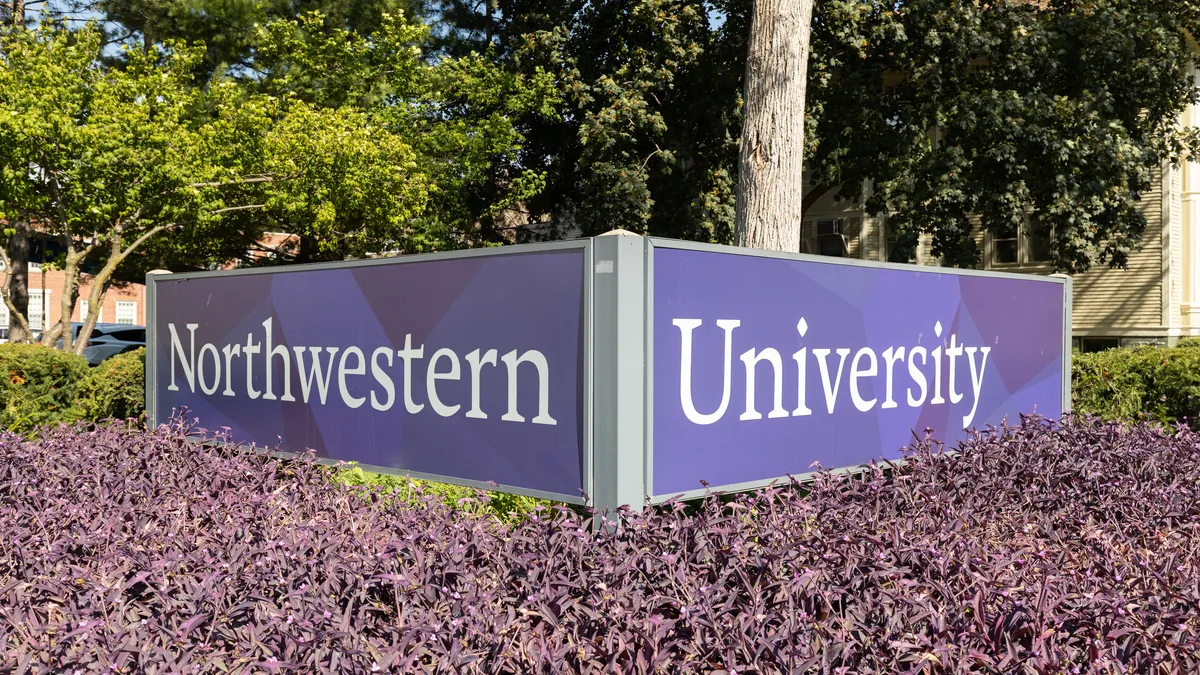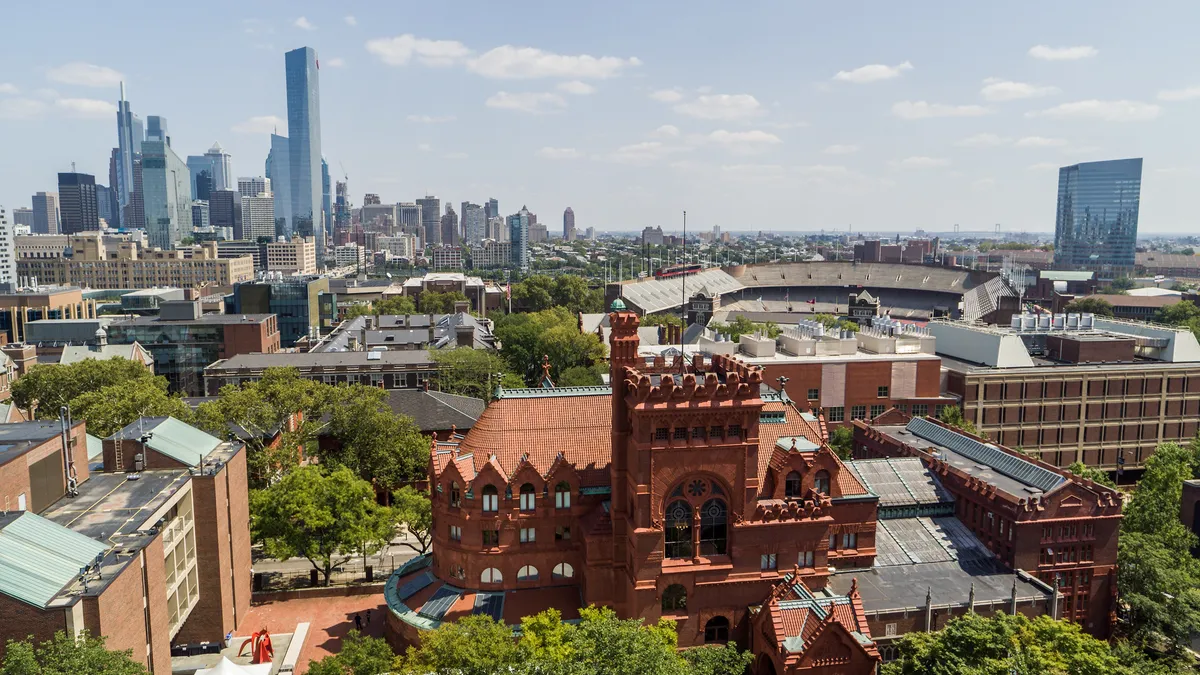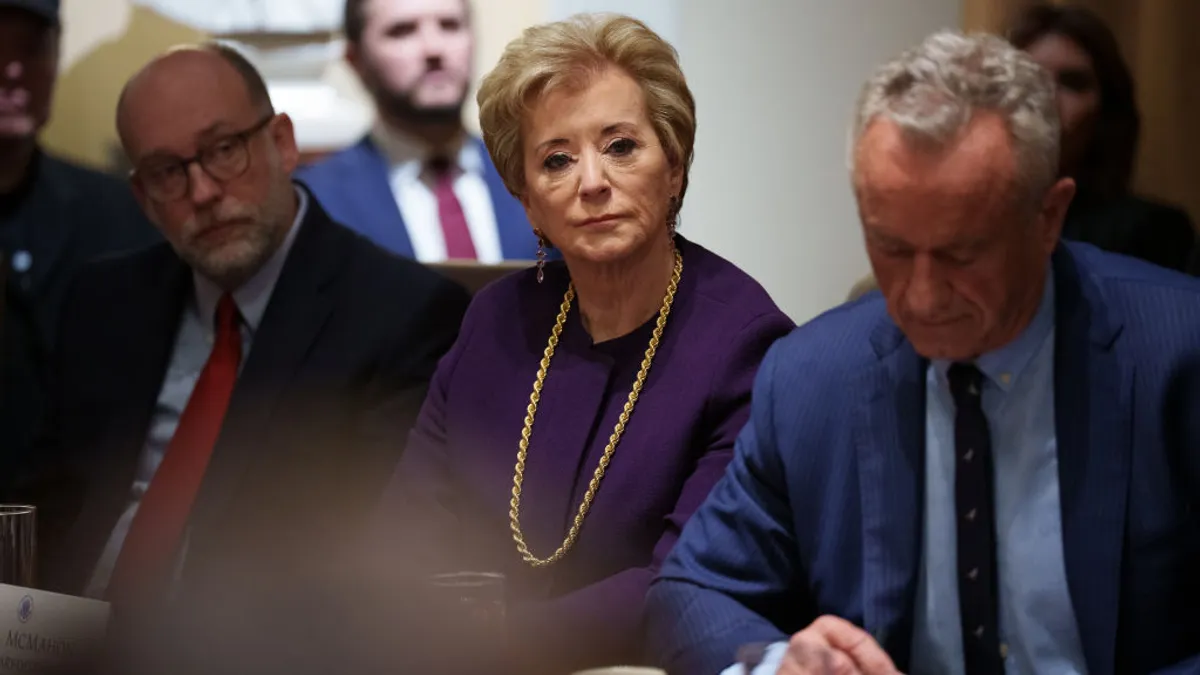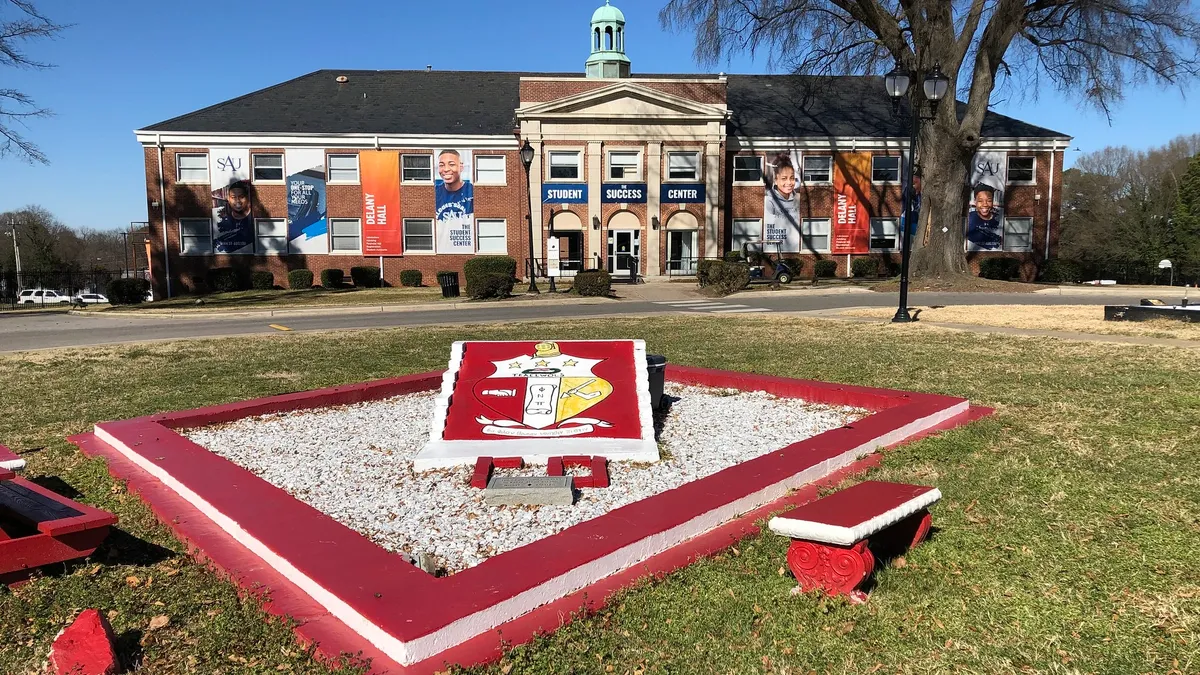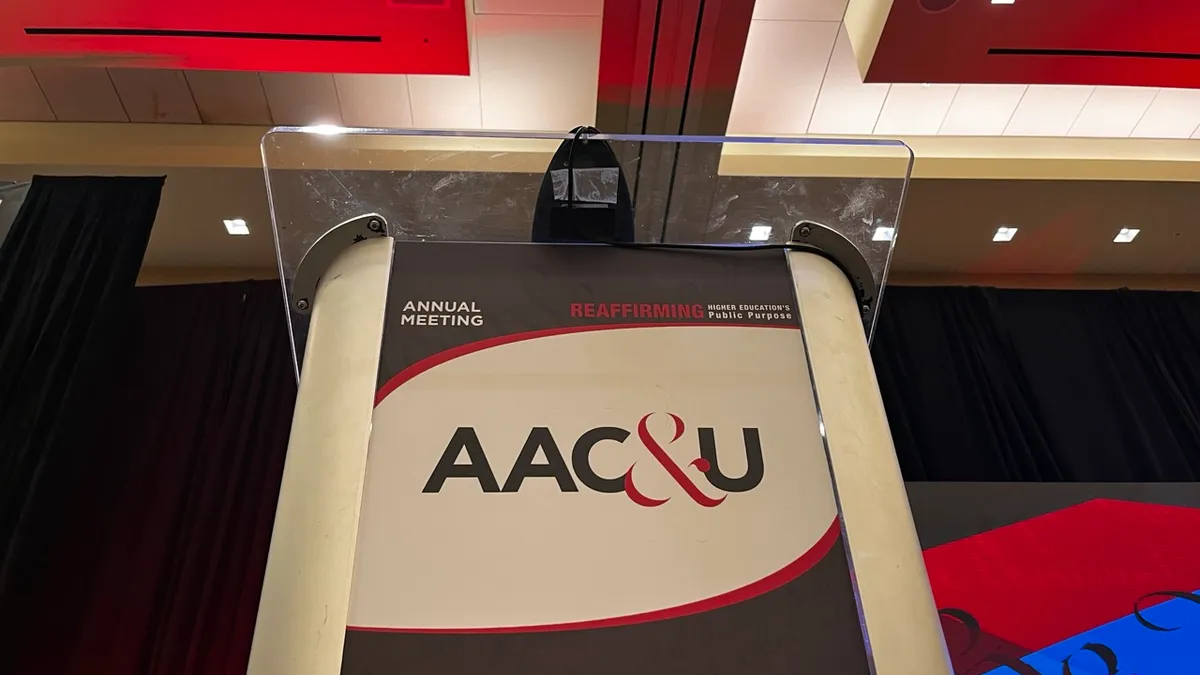Suzanne Davis became acting president of Greenville University, a private nonprofit institution in Illinois, in May 2020. She has since been named president on a permanent basis.
I became a college president during a global pandemic in an already tumultuous environment for rural Christian colleges. Lack of population growth, skyrocketing tuition discount rates and a generation questioning higher education's value contributed to the existential dilemma small universities like ours faced, even before the birth dearth is anticipated to affect colleges starting in 2026.
College presidency today is not an assignment for the faint of heart. However, by doing the right thing at the right time with the right motives and people, it can be rewarding. To weather the pandemic and eventually thrive in the storm, I found it imperative to increase the institution's resilience and capacity for change. Here are a few other recommendations from what I have learned.
Leaders must surround themselves with leadership teams who are in it "for the love of the game," not for themselves. Finding those who see the value of the institution's mission and how their talents can uniquely advance it is critical. Those playing for their own stats or to advance their careers are not those who will take the institution to the next level. That doesn't mean they do not create value in the organization with their skill sets or have a role to play for a time, but they're probably not your key leaders for the future.
It is most important to get laser-focused on how your mission is carried out in an ever-changing environment. In a small university, that means streamlining operations and honing activity toward what matters most. At Greenville University, our mission for over 129 years has been to empower students for lives of Christ-like character and service. Executing this mission during a pandemic meant gut-wrenching decisions to deploy people, programs, and resources most effectively.
Faculty members who had spent entire careers developing interpersonal relationships mentoring students temporarily had to make real and meaningful connections online. Those who provided experiential learning outside the classroom to teach academic and character lessons now had to get creative with Zoom. Senior leadership flattened the organization and rearranged resources toward key priorities. We centralized academic administration and implemented a shared services plan to lighten administrative overhead. We were careful to eliminate as few roles as possible, sometimes not replacing employees who had retired.
Our mission guided everything we did — from how we responded to student inquiries regarding belongings left after spring break to managing grades awarded during the pandemic.
You can't do it alone. Think outside the box and connect externally to accomplish things a small institution couldn't do independently. Higher education has a propensity to become insular. That's opposite of how to respond to a crisis. Leaning into all available resources while evaluating your strengths compared to other entities' strengths is imperative. If we can't be "best in class" in something, let's find a way to partner with others who are.
We worked with University of Illinois on cutting-edge COVID-19 saliva testing research to stay open for on-campus classes during the pandemic. We performed over 40,000 tests during the 2020-21 academic year, enabling us not to miss any in-person instruction days. Record-breaking student retention ensued in both semesters of 2021.
We also partnered with a regional Catholic hospital system, Hospital Sisters Health System, and its affiliated nursing school at St. John's College, to execute a bachelor's in science in nursing. The program, housed at Greenville, provides students with their first two years of our university's sciences preparatory program and their final two years through St. John’s nursing school. The degree comes from St. John’s and the tuition revenue is split between the partners.
It's important to realize most situations are not zero-sum games. A win-win solution is possible when you choose to collaborate instead of insulate.
Eat the frog. Face tough issues early and often. Transparency, with tact and grace, is an essential skill for leaders. All too often, leaders skirt the real issue, leaving confusion and chaos in their wake. As hard as it is sometimes to face the truth, you're not doing anyone any favors by avoiding reality. Relay bad news straight and to the point. Admit failure. It's especially difficult for academics to acquiesce to imperfection, but it is clear in society today no one has the perfect answer or approach. We must recognize it's not about us, or even about what we can do. It's about who our institution is, where we have come from, who we are becoming and how we can uniquely serve students today. We must not be afraid to bring awareness to issues and clearly communicate how we can tackle the problem and become stronger together. Good people will rise to the occasion, but they need clear direction about how they can help.
Boldly proclaim your vision for the institution's future. Based on our mission and style of in-person experiential education, we knew early in the pandemic we needed to be open for classes in the fall of 2020. We managed to get all classes online after spring break, when the pandemic required us to shut down our campus, but we weren't our best self for our students. We also knew our institution, bringing in students from 26 countries and multiple states, posed the greatest risk to spreading the coronavirus in our small community. So as good, responsible citizens, with a mission of character and service to others, we needed to determine how to responsibly return to campus in the fall.
Amid daily changing pandemic numbers in the community, state and nation, I had to be resolute in what I knew was best for our institution and students and safe for our community. Proclaim what you believe to be "the right thing to do" even when news of the day makes you doubt yourself, or when critics are questioning. Making the decision early allowed us to build an action plan on how to open, which included partnering with the University of Illinois for saliva testing. That early decision-making helped us to boldly communicate to existing and prospective students, early and often, that we would safely open for the fall semester.
Leaders of enrollment-driven private institutions have their work cut out over the next decade. Yet with bold, thoughtful action, the challenges are not too great to overcome. The most creative ideas often come from the most challenging circumstances because that's when innovation is needed most.








